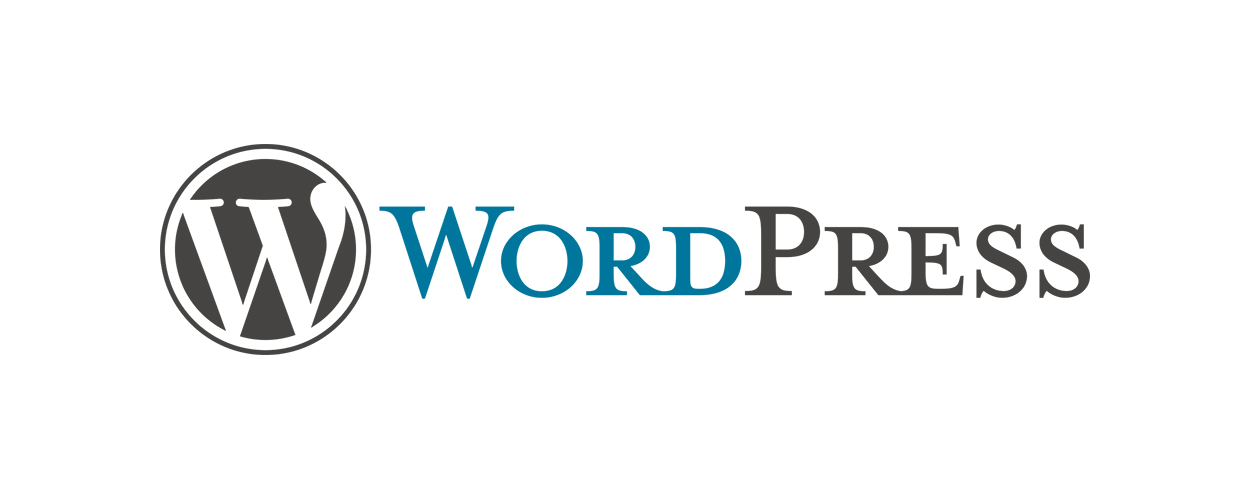This website uses cookies so that we can provide you with the best user experience possible. Cookie information is stored in your browser and performs functions such as recognising you when you return to our website and helping our team to understand which sections of the website you find most interesting and useful.
Business News Digital Legal
WordPress company wants fixed fines for misuse of safe harbour takedowns
By Chris Cooke | Published on Wednesday 6 April 2016

As the US music industry told the country’s Copyright Office in no uncertain terms last week that the safe harbours in America’s Digital Millennium Copyright Act aren’t fit for purpose, the company behind the WordPress blogging platform was also calling for reform of this aspect of the American copyright regime. Though for very different reasons.
As much previously reported, the so called safe harbours in copyright law have become a top gripe in the music industry in recent times. The safe harbours mean that web companies that enable others to infringe copyright cannot be held liable for that infringement providing they offer rights owners takedown tools via which infringing content can be removed.
The music industry doesn’t object to the safe harbours in principle, but argues that such protections shouldn’t apply to user-upload services like YouTube and SoundCloud, which have made use of safe harbours to operate opt-out rather than opt-in streaming set-ups. Record companies and music publishers argue that lawmakers – when conceiving the safe harbours in the 1990s – never foresaw services like YouTube using them. Which is almost certainly true, not least because no one foresaw services like YouTube.
Music companies also have problems with the takedown systems operated by most companies benefiting from the safe harbours. The law itself is a bit vague on what these systems should look like, but some key court rulings in the US didn’t set the standard especially high. Music rights owners argue that platforms should be obliged to do more to ensure that once a bit of infringing content is taken down once, it stays down.
Automattic, the company that operates the WordPress.com blogging platform that utilises the open source WordPress software, also reckons that safe harbour takedown processes need reforming, though in a totally different way. Which is unsurprising, given it is generally on the receiving end of takedowns, rather than issuing them.
The tech company claims that a significant number of the takedowns it receives each year against content posted to blogs on its platform are inaccurate, while some are outright fraudulent or abusive, ie demand content be removed when the rights owner has no legal right to demand such a thing. That is in part because an increasing number of rights owners use automated systems to monitor piracy and issue the takedown notices.
In its submission to the US Copyright Office’s review of safe harbours, Automattic concedes that such automation is inevitable, given the scale of online piracy, but it argues that, while such systems may be appropriate when monitoring search engines or digital lockers, they are particularly unreliable with blogs.
In particular, on a blog, a bit of unlicensed content that has been posted may constitute ‘fair use’, because of the copyright exceptions for news reporting and critical analysis. And – presumably citing the infamous dancing baby case – Automattic notes: “Copyright holders have an obligation to consider fair use before sending a takedown notice, and robots simply cannot tell fair use from foul in any but the most obvious circumstances”.
The WordPress company reckons that statutory damages are needed to force rights owners to change the way that they issue takedowns, so that the fines for misuse of the takedown process would be set by law, rather than depending on the actual financial loss caused to the firm which has to process the request.
Says Automattic: “Damages from abusive notices of claimed infringement can sometimes be difficult to quantify. Thus, in order to further the goals of compensation and deterrence, statutory damages for abusive notices of claimed infringement and abusive counter notifications could be added either to section 504 or to section 1203”.
As previously reported, eighteen US music industry groups also submitted opinions to the safe harbour review last week, in addition to numerous artists and managers. It remains to be seen if the Copyright Office’s subsequent recommendations skew in favour of the content industries, or those who benefit from the safe harbours.





